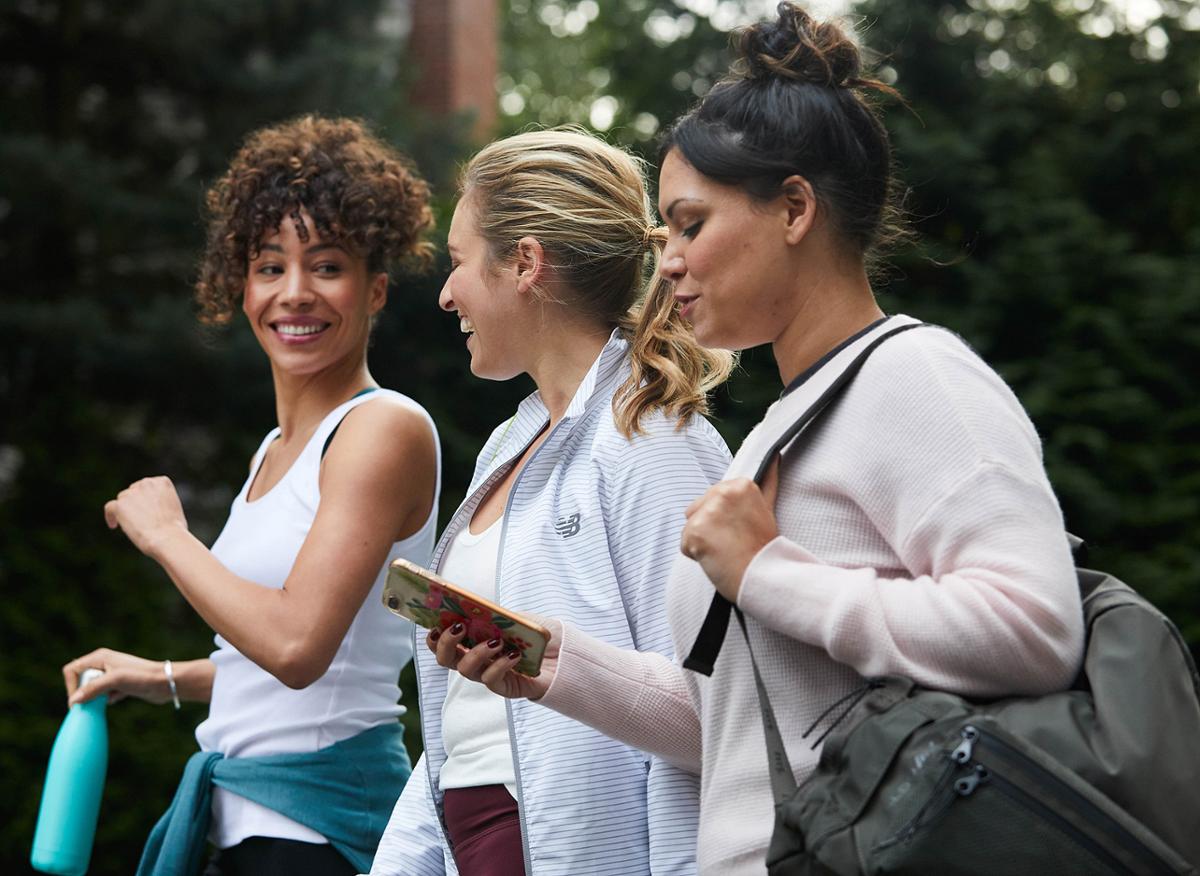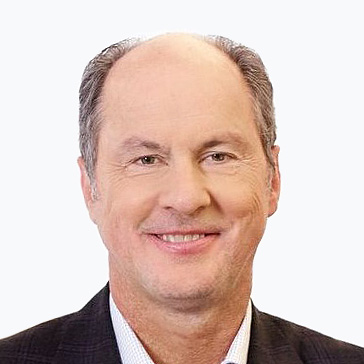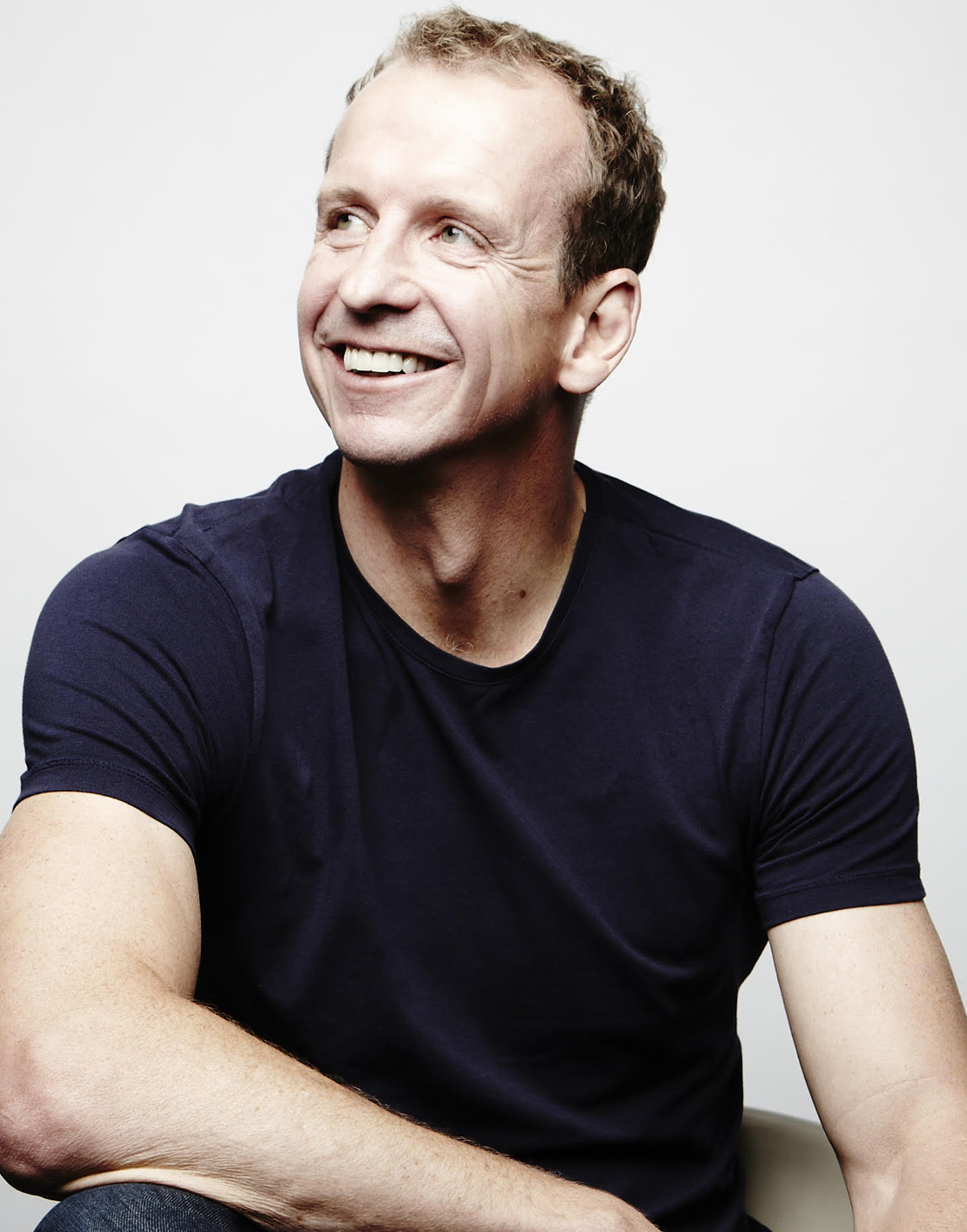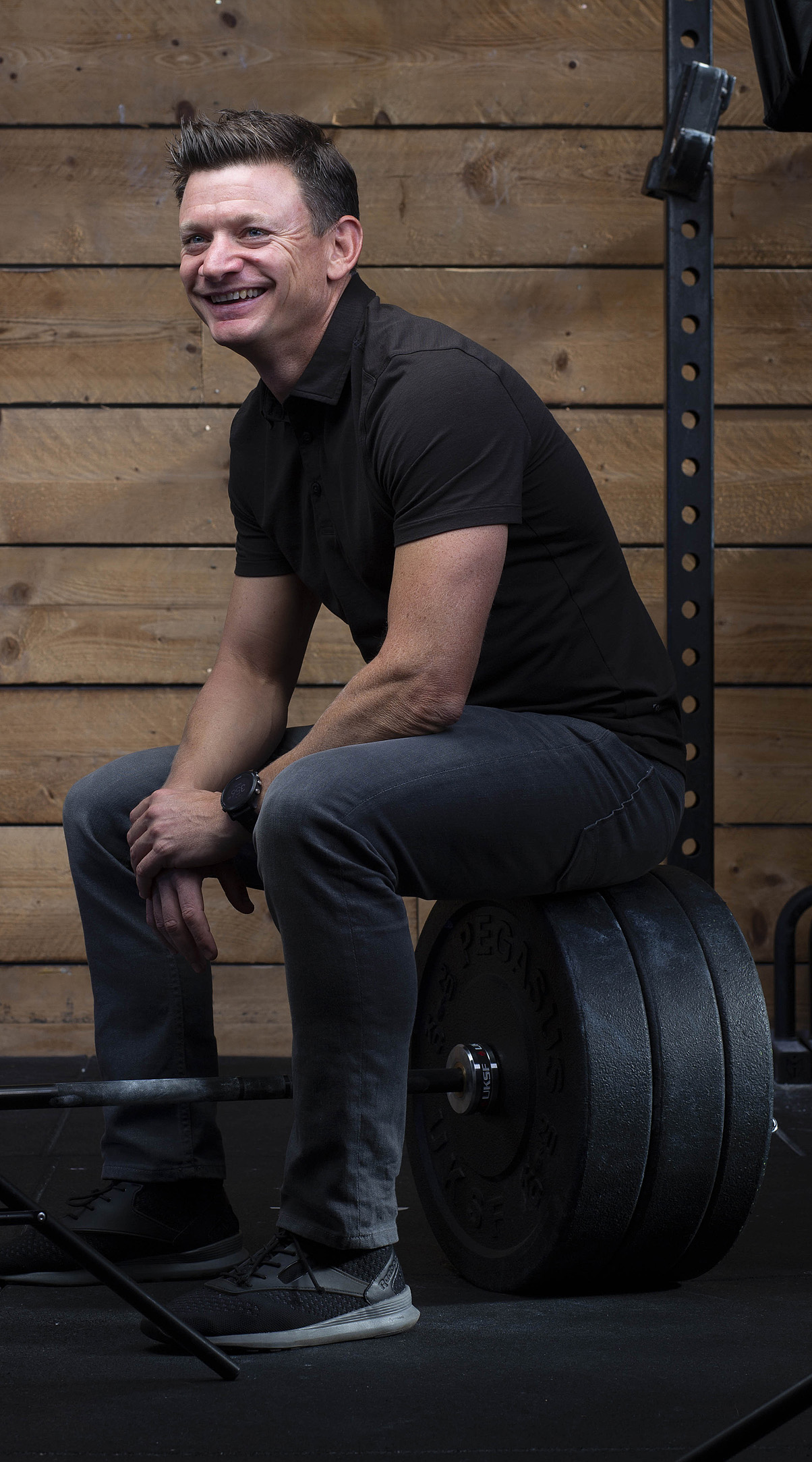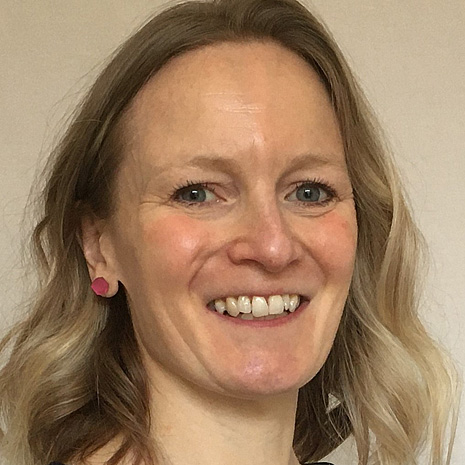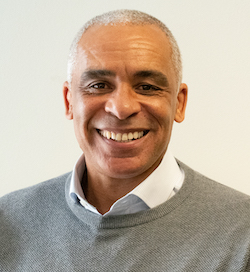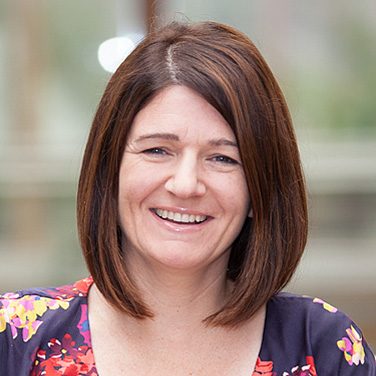
Jacquie Levin – Slimming World
We partner with the Office for Health Improvement and Disparities in the UK on the Better Health campaign and fully understand the transformative positive impact losing weight and increasing physical activity can have on someone’s life.
We’ve been working with the NHS since 1999 and pioneered ‘slimming on referral’.
However, when it comes to exercise, some people with a weight problem don’t have the confidence to get started. Our members often say they feel uncomfortable at the gym; they don’t know where to start or how to use the equipment and they worry about whether they’ll fit in. They’re concerned they won’t be able to do exercises correctly or keep up, that they’ll get too hot and sweaty, feel exposed or self-conscious, and that it’s going to hurt. We recognise and understand these fears.
While our programme consistently talks about the overall health benefits of losing weight, more often than not, if you ask someone why they want to lose weight it’s because they want to feel more confident, wear a smaller clothes size and not feel held back by their weight.
We support them in achieving this and as a consequence of successful weight loss, they also see improvements in their physical health.
We know being active can also help improve health and wellbeing, which is why we launched our Body Magic programme back in 2003 with the help of Ken Fox, a professor of exercise and health at the University of Bristol, who’s also advised the UK government on physical activity, behaviour change and obesity. Body Magic ‘hand holds’ our members across the physical activity threshold, breaking down barriers and helping members gradually increase how much they move, without telling them what they ‘have’ to do. Instead, it’s about helping members find something they enjoy that fits in with their lifestyle.
During our Body Magic focus groups, we were amazed to discover how many Slimming World members knew the government’s physical activity targets. But the clear message was they felt so far away from that goal, in their minds, there was no point even starting.
Body Magic is a behavioural support programme, not an exercise programme and aims to redefine what our members typically think exercise is. We help members overcome their fears and any barriers they feel when it comes to getting started.
We look at what they might already be doing – for example, short walks – and offer praise for this, using it as a starting point to build on bringing physical activity into their everyday lives until it becomes a habit.
It’s one of the reasons we’ve launched our online Body Magic exercise programme. We’re not looking to run weekly ‘fitness classes’ in village halls, but we can inform, inspire and educate our members who trust our voice, our methods and our behavioural approach in designing specialist, bespoke content for their needs.
We’ve always shared activity tips and encouraged members to share their experiences to help inspire and motivate others in the group. Members self-report their activity and get awards for each step they take. Our insights showed there was demand for more online resources at every stage of being active. We also wanted to offer resources that were fully accessible and available to people who may have a health condition.
Slimming World members
know the government’s
physical activity targets,
but they feel so far away
from that goal there’s no
point even starting








